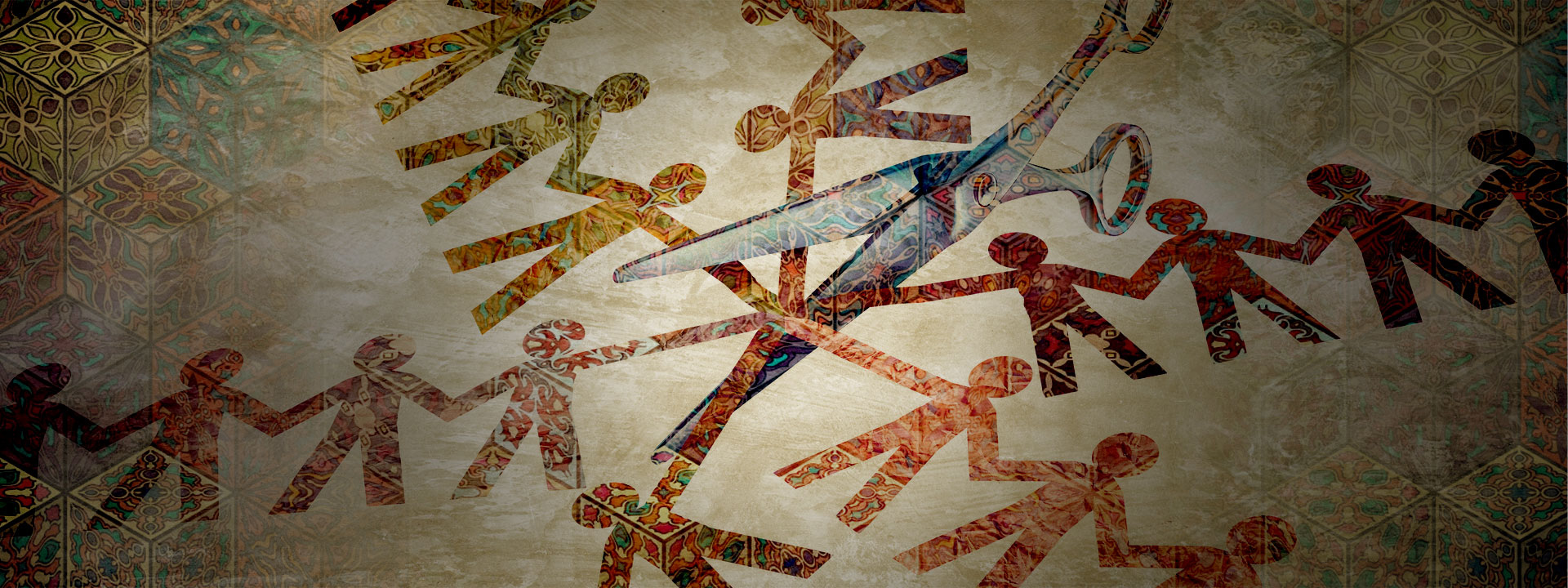The last few years have seen a dramatic shift in India’s sociological landscape with the upsurge of the Hindu nationalist movement that seeks to promulgate an agenda of majoritarianism, nationalism, and separatism. It is a movement that also challenges the very bedrock of the Indian constitution, which operates on the principle of secularism. Ideologically aligned with the current government, these attempts by the movement to “saffronize” the country have led to some disastrous consequences in polarizing communities on religious, caste, and cultural lines, attempting to expurgate the rights and even, arguably, identities of minorities.
Many decades of these systematic efforts by the self-described “social organization” Rashtriya Swayamsevak Sangh (RSS) and, more recently, the Bharatiya Janata Party (BJP) stem from the advocacy of a Hindu rashtra (nation). A century-old movement, it is marked by a strong adherence to Brahminical ideals, a deep attachment to the social status quo, and a rejection of the idea of a secular state.
This agenda has been manifested in a variety of ways: school curricula have been changed to reflect hyped-up nationalism and right-wing propaganda, public spaces have been renamed to exclude the contributions of Muslims, and lower castes — already marginalized — are experiencing increased violence and discrimination.
When India gained independence from colonial rule in 1947, the exponents of this movement had been profoundly dissatisfied with the pluralist democracy that India, under the leadership of Mahatma Gandhi and Jawaharlal Nehru, chose to become. Hindu nationalists were opposed to the idea that India’s diversity needed to be protected from the dangers of majority rule. Relegated to the sidelines of decision-making and leadership at the time, they nevertheless remained persistent in advocating for a Hindu rashtra. That persistence eventually paid off and brought the movement into the mainstream with the appointment of a Hindu nationalist candidate to the post of prime minister: Narendra Modi.
Having risen to power in 2014 on the mandate of development, BJP was able to dislodge the then government led by the Congress party after many decades. With Modi at the helm, BJP espoused a strong image and took advantage of the public’s dissatisfaction with the Congress party’s complacency and dynasty politics.
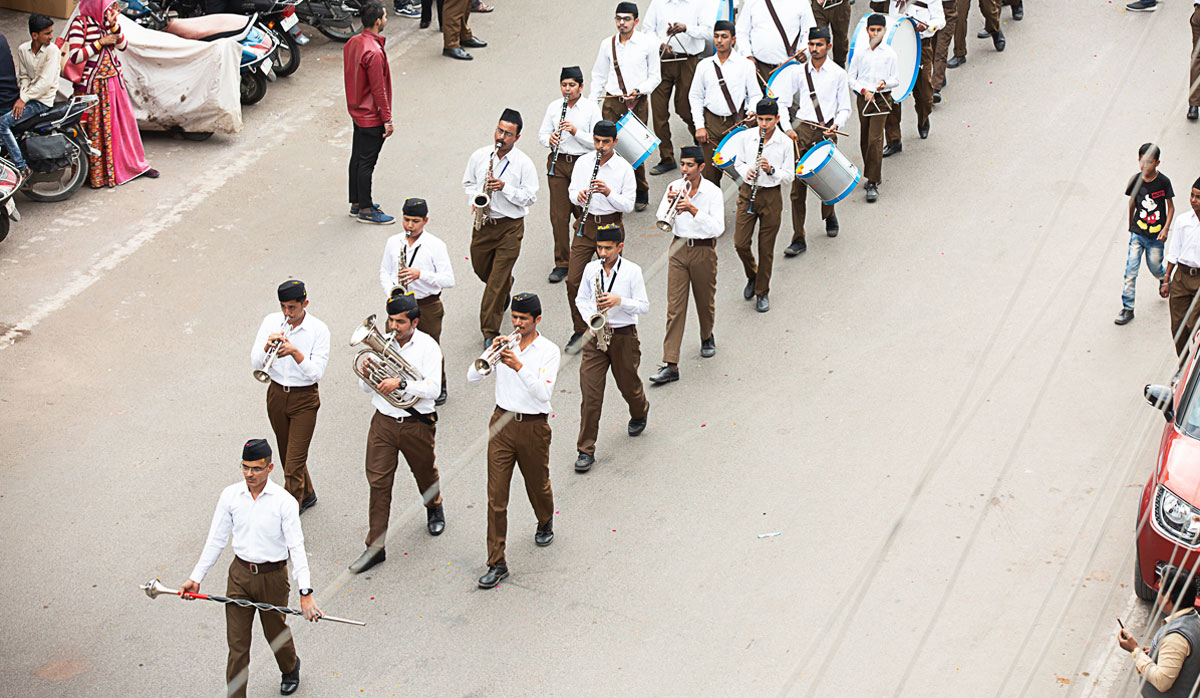
Members of the self-described “social organization” Rashtriya Swayamsevak Sangh march down the street during a gathering in the city of Jodphur, in the northwest Indian state of Rajasthan, in January 2021.
A dangerously potent pairing
But BJP has had a checkered past, given its long association with RSS — a fringe Hindu right-wing group that has often been in the public eye for its blatant communalism, Islamophobia, and advocacy of a Hindu nation. The RSS is known for its paramilitary functions and boasts the membership of Nathuram Godse — the assassin of Mahatma Gandhi — as well as Modi, whose Hindu nationalist policies reflect the group’s Hindutva ideology. With the government lending legitimacy to the RSS ideology, India has, in the past few years, seen a frightening rise in fringe and mainstream efforts to marginalize and vilify minorities, mostly without any significant consequence for the perpetrators of such acts.
From the alarming upsurge of what is now referred to as “Cow Vigilantism,” wherein radical Hindu youths target and lynch Muslims involved in the cattle trade, to the harmful narrative of “Love Jihad,” wherein Muslim men are targeted, vilified, and often imprisoned on the charge of waging “jihad” against the Hindu population by marrying Hindu girls and converting them, the current government has not only left polarization between communities unchecked but has, perhaps, encouraged it. A recent Human Rights report states that 44 people — of which 36 were Muslims — were killed in instances of cow-vigilantism mob lynching between 2015 and 2018.
In all these cases, the state police have been accused of obstructing investigations, covering up, or, indeed, being complicit in the killings. The bogus concept of Love Jihad refers, in actuality, to an act of interfaith marriage between consenting adults, a legal act of constitutional rights being exercised, but which has been criminalized in several states instead of being protected.
One example of the state-sanctioned vilification of minorities was witnessed in 2020, during the early days of the pandemic, leading to consequences that proved to be terribly damaging to a large number of Indian Muslims. It involved a congregation of Muslims — members of an Islamic group called Tablighi Jamaat — who were attending a religious function in Delhi when the prime minister announced the lockdown. Because the announcement was sudden, people had only a couple of hours to make arrangements to shelter in place even as all modes of public transport, including international flights, were being suspended. Some members of Tablighi Jamaat were unable to find ways to leave and were stranded.
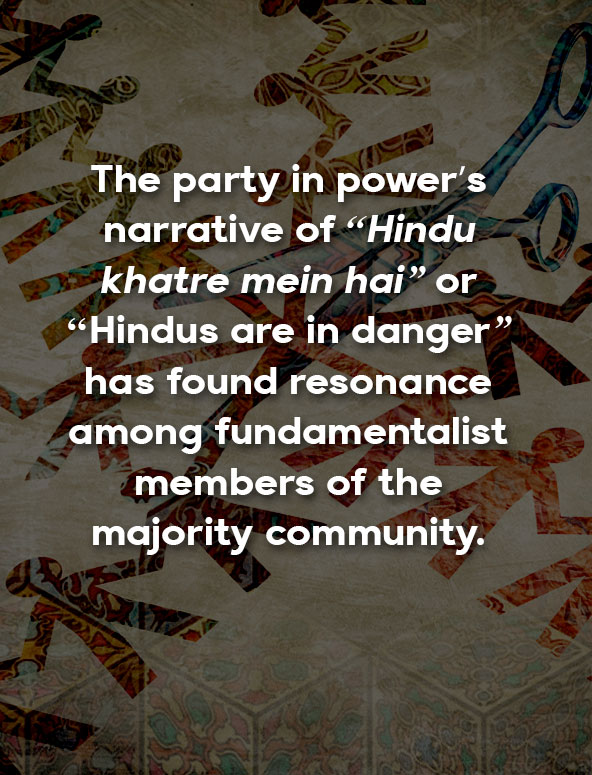
What followed was an outbreak of COVID-19 cases within the group, which in turn led to a mass-scale witch hunt led by incendiary prime time TV shows on national media, followed by Hindu vigilante groups attacking Muslims in various parts of the country. According to the vigilantes, Muslims were waging “Corona Jihad” against India. Muslims were beaten on the streets; vegetable sellers were not allowed to trade in Hindu neighborhoods and the country’s Muslims were labeled “terrorists” and “enemies of the state.” In addition, the Tablighi Jamaat event’s organizers were slapped with legal charges, and even those who provided shelter to members of the congregation now face legal action. In stark contrast, the Hindu festival Kumbh Mela was held with the blessing of the government during the peak of the second wave of COVID-19 in India and attended by hordes of maskless Hindu devotees, approximately 300,000 strong. The politics of exclusion and state-sponsored discrimination was glaringly obvious and difficult to ignore.
The party in power’s narrative of “Hindu khatre mein hai” or “Hindus are in danger” has found resonance among fundamentalist members of the majority community, as well as among a sizeable part of mainstream media, who often lean on this catchphrase as an excuse for justifying violence against minorities and individuals belonging to lower castes. The idea of the Indian identity being synonymous with a Hindu one has found increasing acceptance among the radical, with nationalism being increasingly used as a synonym for Hindu majoritarianism. Understandably, it is a narrative that leaves many citizens feeling excluded, marginalized, and vulnerable. Although 80 percent of India’s population are Hindus, the remaining 20 percent made up of Muslims, Christians, Sikhs, Jains, Buddhists, and followers of other faiths still translates to 280 million people. That is more than thrice the combined population of North and South Korea and at least two million more that of Indonesia, the most populous nation in Southeast Asia.
A controversial Act
Perhaps the most harmful attempt that the government has undertaken to polarize the Indian community and marginalize minorities is the passing of the Citizenship Amendment Act or CAA. This Act was passed amid nationwide demonstrations and protests by liberals and secular-minded citizens who were unwilling to accept the communally charged Act. The Act, which states that it allows for non-Muslim refugees from neighboring countries to apply for citizenship in India, does not apply equally to Muslim refugees. Moreover, the law is closely conjunct with the attempt to revive the National Register of Citizens, which requires all Indians to produce a very specific set of documentation as proof of citizenship; failure to do so would result in them being labeled illegal immigrants and sent to detention centers.
It is not difficult to imagine that the people most likely to be missing these critical documents would be the underprivileged, the illiterate, and those who have a history of intrastate migration — in other words, the Muslims, Dalits, and backward castes. Further, if found to be illegal, Hindus would be able to seek asylum under the CAA and eventually be granted Indian citizenship, but Muslims would not have that recourse and be rendered stateless. Again, considering that India’s Muslim population is the third-largest in the world — totaling more than 200 million — that would mean a staggering number of people for a country to persecute.
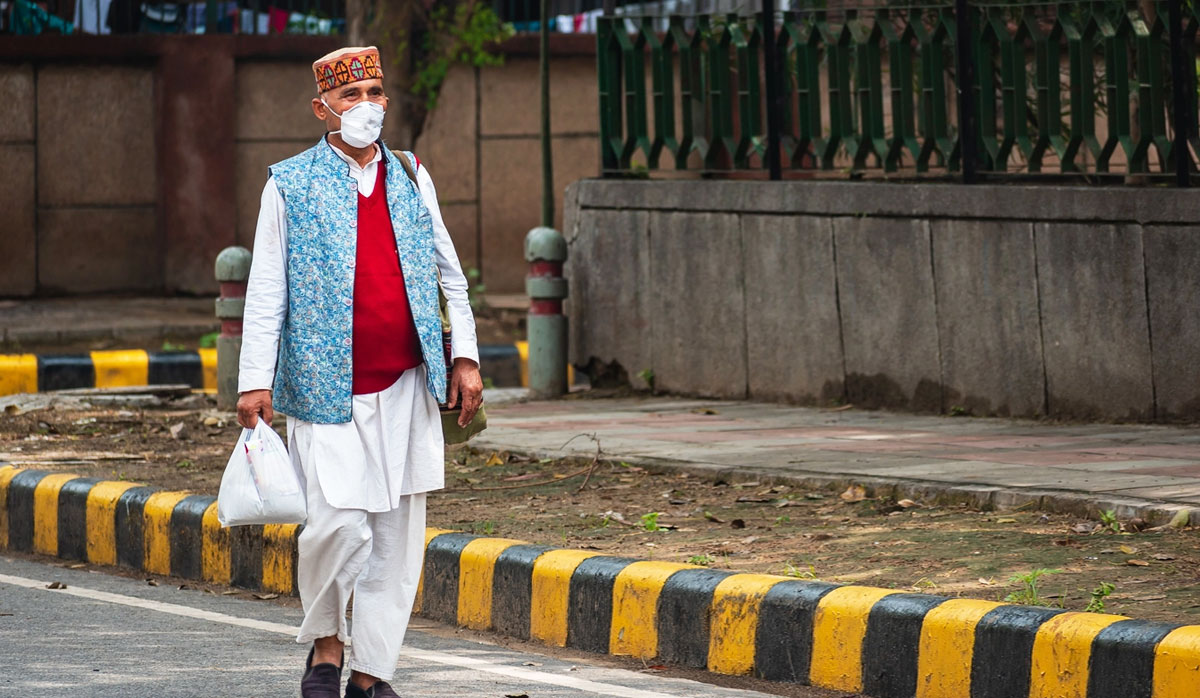
A Muslim man in a kurta (generally a loose top, pants, and a skullcap) walks alone after attending an Islamic event. In some of his speeches, Prime Minister Modi stated that those who plan to create violence can easily be identified by their manner of dress.
The passing of this deeply communal law sparked nationwide protests in 2019. It made it to every international news channel and publication for its harmful impact on local communities that are being repressed equally by the expurgation or vilification of their identities. Unable to handle the spontaneous protests, the government reacted with violence, with state agents forcibly entering Muslim universities and brutally beating and arresting peaceful students. BJP ministers held rallies in Delhi, making inflammatory speeches and raising slogans like “Desh ke gaddaro ko, goli maaro saalo ko,” which translates to “These traitors of India, shoot them all.” Apparently emboldened by such rhetoric, a Hindu youth brandishing a handgun broke into the protests at the same university and fearlessly fired shots at the students.
Regrettably, the prime minister himself went on record in one of his speeches to say that the proponents of violence can be recognized by the clothes they wear — a thinly veiled reference to the Muslim dress code of kurta (loose pants and skullcap). These provocative speeches and threats led to a brutal pogrom in a Muslim locality in northeast Delhi in early 2020. Many lives were lost, families were rendered homeless, and scores of mosques, schools, and private properties were destroyed.
Despite nationwide protests and attempts to curtail the movement’s harmful agenda, the legitimacy it has gained from its alignment with the right-wing government has projected its saffron-washed ideology into the fabric of the country, plunging India into a constant state of hate. Contemporary India today stands at the precipice of transitioning into an authoritarian democracy, where rule of law counts for little and might is always right. ●
Insiyah Vahanvaty is a sociopolitical writer and editor. She has written extensively on human rights, hate politics, gender, and democracy.










